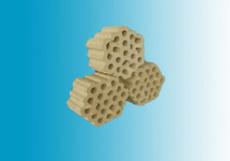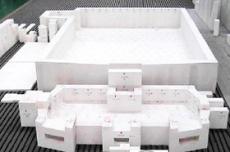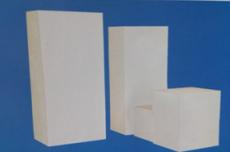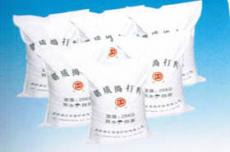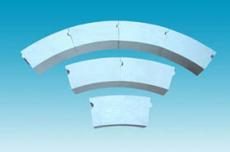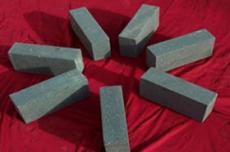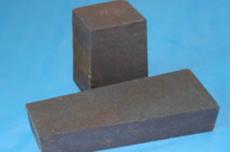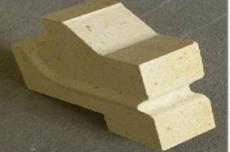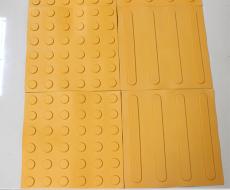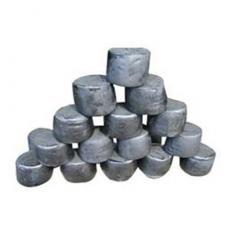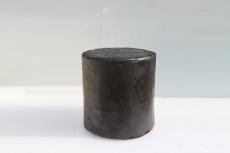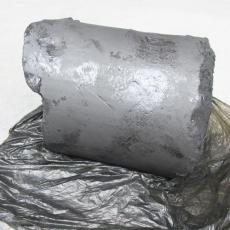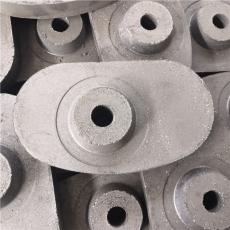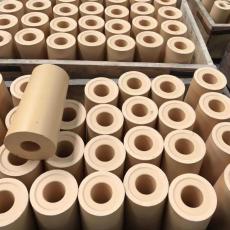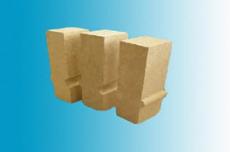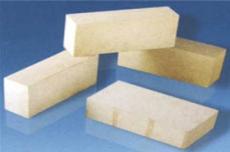
The fluidity of castables is generally better than that of ramming materials. Therefore, most castables can arrange the components in the mixture closely and fill the model to make castable prefabricated blocks by only pouring or vibrating.
After the castable is formed, appropriate measures must be taken to cure it according to the hardening characteristics of the binder to promote its hardening. Calcium aluminate cement should be cured under appropriate temperature and humid conditions. Ordinary high-alumina cement should be covered at a lower temperature (less than 35°C) first, and then watered or soaked in water for 3 days after solidification; low-calcium high-alumina cement should be cured for 7 days, or steam cured for 24 hours. Some metal inorganic salts must be dried and baked. For example, those combined with water glass should be stored in the air at 15-25°C for 3-5 days, and moisture is not allowed. They can also be baked below 300°C. However, they must not be cured under humid conditions, let alone watering, because silica gel absorbs water and expands, loses its adhesiveness, and the strength decreases more sharply after water dissolves. For those made of phosphate, they can be cured in air above 20℃ for more than 3 days, and then baked at 350-450℃. Before baking, they are not allowed to be exposed to moisture or water.
When castable prefabricated blocks are placed in the lining and furnace body of thermal equipment, they should generally be baked before the first use to gradually remove the physical water and crystal water in them, so that their volume and certain properties can reach a stable state during use and achieve a certain degree of sintering. Whether the sintering system is appropriate has a great impact on the service life. The basic principle of formulating the baking system is that the heating rate should be compatible with the possible dehydration and other phase changes and deformation. In certain temperature stages where the above changes occur rapidly, the temperature should be slowly raised or even kept warm for a considerable time. If the baking is improper or not baked, and the temperature is quickly raised and put into use immediately, serious cracks are very likely to occur, and even loose collapse, and even explosions may occur in extremely large and thick parts. The baking rate of the hardened body varies depending on the binder and the cross-sectional size of the structure. In terms of cement castables, it can be roughly divided into three stages:
(1) Expelling free water. Heat to 110-115℃ at 10-20℃h and keep warm for 24-48h.
(2) Remove crystal water. Heat to 350℃ at 15-30℃/h and keep warm for 24-48h.
(3) Heat-average stage. Heat to 600℃ at 15-20℃/h and keep warm for 16-32h. Then heat to working temperature at 20-40℃/h. For structures with large cross-section, the heating rate is set at the lower limit and the insulation rate is set at the upper limit, and vice versa for structures with small cross-section.
Casting material prefabricated blocks are casted with casting material of suitable material, and then hoisted or installed by other methods after arriving at the site. The construction is convenient. At present, many heating furnace roofs are constructed by hoisting casting material prefabricated blocks.
